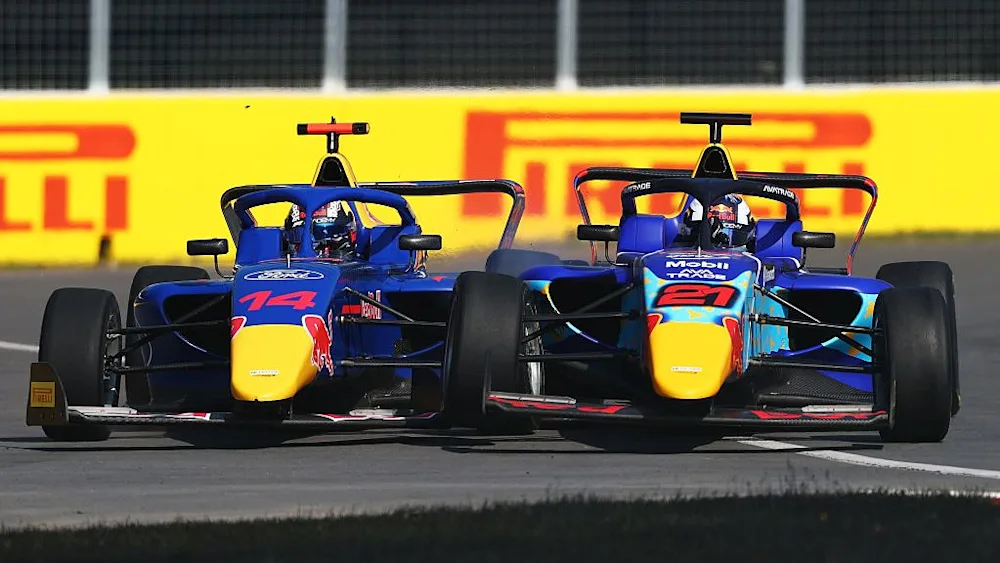How Accurate is ‘Formula 1: Drive to Survive’?
- DIVEBOMB Motorsport
- Aug 18, 2023
- 3 min read
Updated: Aug 20, 2023
Written by Skye Reilly, Edited by Meghana Sree
When a sports documentary series is created, fans are always quick to begin watching it, especially when it features behind the scenes action to give them further insight into the athletes they adore. This was also the case for the Netflix series ‘Formula 1: Drive to Survive’. After the first season was released, the series was welcomed with love by fans all over the world. It was packed with interviews from drivers and team principals, footage of off-track rivalries, and close up shots of dramatic moments from each season.
However, after the first season fans began to notice that the documentary was becoming more of an over-exaggerated reality show that seemed to chase idle gossip and baseless storylines rather than the actual racing action. This is due to the fact that not everything is accurate when it comes to the series, an evident example being the way team radios are placed over the wrong races to falsify portrayals of the drivers.

This was especially the case with two-time World Champion Max Verstappen who previously expressed his distaste for the way he was characterised in the series, stating in an interview: “I don’t think it was the real me. They [the showrunners] will always position you in the way they want, so whatever you say they will try to make you look reckless or whatever fits the story of the series.” Verstappen’s issues with the series eventually led him to refusing to cooperate with producers of ‘Formula 1: Drive to Survive’.
Fans also took to Twitter when they realised that Verstappen wasn’t the only one to fall victim to inaccurate characterisations, and that seven-time World Champion Lewis Hamilton was also caught up in this, with one stating: “I cannot overstate the impact ‘Formula 1: Drive to Survive’ has had in framing Mercedes as the ‘big bad Wolff’, and Lewis as the primary antagonist of the sport.”
It is unnecessary that ‘Formula 1: Drive to Survive’ feels the need to villainise these drivers just to boost viewership and curiosity within the community.

Not only have fans noticed that the series was faking drivers’ personalities but also off-track camaraderie and rivalries. Lando Norris has spoken up regarding this, in a YouTube video where he is reacting to his best moments on the series. He points out: “They made it out as if we are the biggest enemies here– me and Carlos [Sainz].” And yet the truth is that the two drivers have a good relationship off-track, showing that once again, the Netflix series proved to be not as factual as it ought to be.
This same treatment was also given to Verstappen and Daniel Ricciardo– the series painted them as overly-competitive rivals with a bitter relationship, when in fact they are actually quite close friends, which proves Verstappen’s view on how the series will do whatever fits their narrative.
However, despite these shortcomings, some still enjoy the series for what it is. Haas team principal Guenther Steiner has praised the series in his book Surviving To Drive, stating: “Some people still believe that ‘Drive to Survive’ is staged - or that some of it is staged - and let me assure you it isn’t. [...] What you see is what you get on there.”
The showrunners and F1 may be indifferent about accuracy when it’s bringing in more viewers and money to the sport, but long-time fans and even newer fans have reacted strongly against the artificial quality of the series. One would much rather hear about the mindset it takes to drive a car going at such top speeds, watch developments in the racing action, and follow the teams along their season rather than watch falsified and misleading information of their favourite sport.









